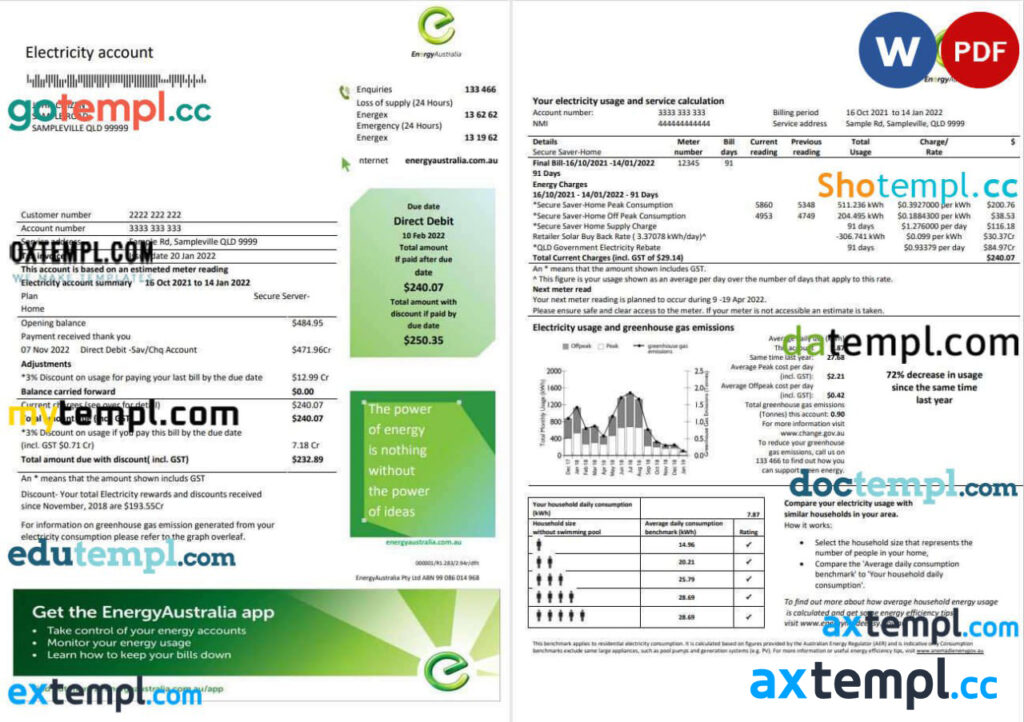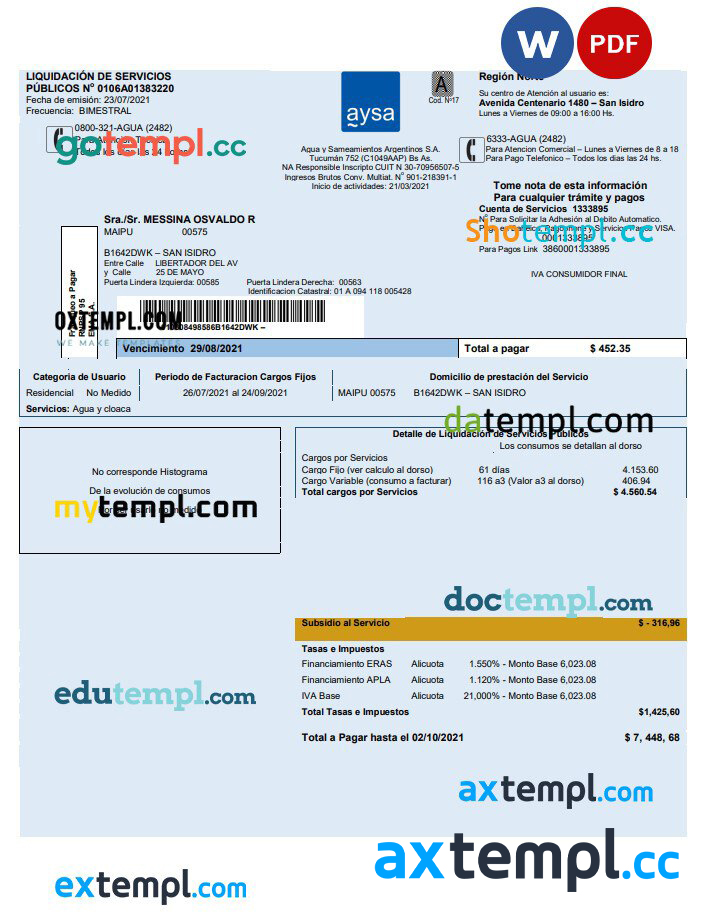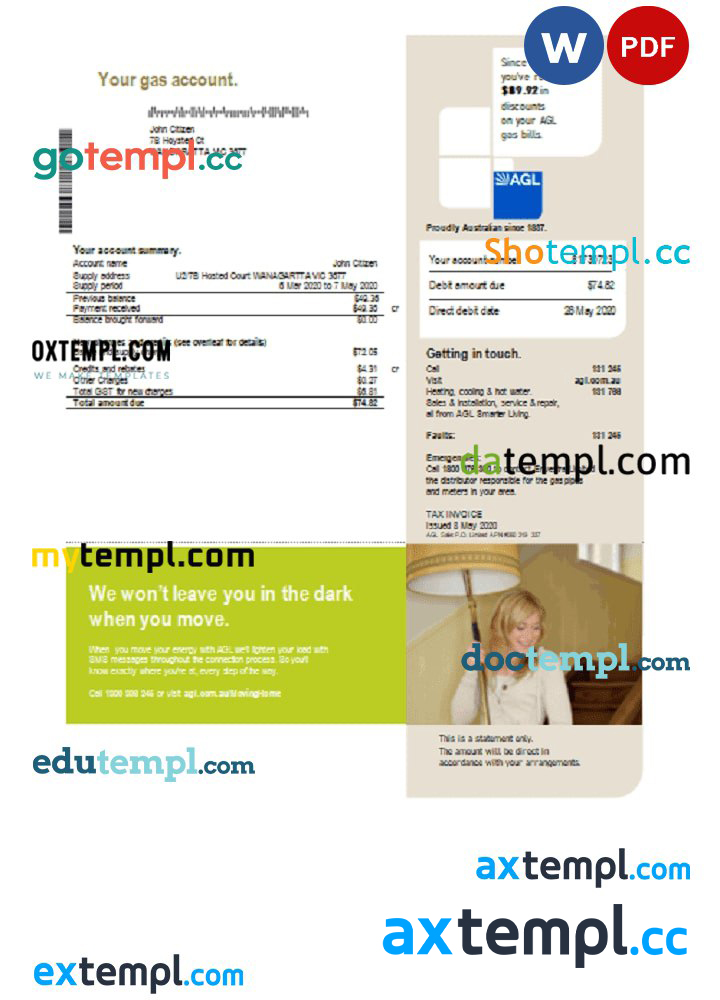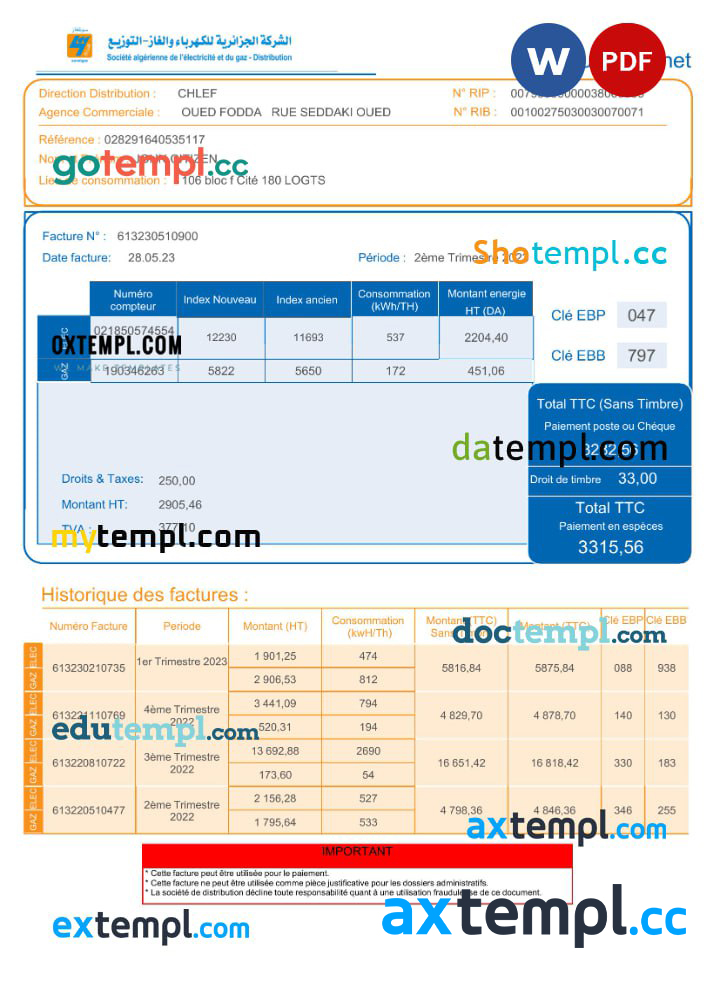Utility bills are more than just monthly reminders of our resource consumption; they are intricate documents that reveal a wealth of information about our habits, the environment, and the state of our communities. From electricity to water, gas to internet, each utility bill serves as a detailed snapshot of our consumption patterns. In this article, we will delve into the fascinating world of utility bill document types, exploring the threads that weave together to form a comprehensive understanding of our resource usage.
1.Electricity Bills: Illuminating Your Consumption Habits: Electricity bills are perhaps the most common and widely scrutinized of all utility bills. They provide insights into our daily routines, showcasing peaks and troughs in energy consumption. Modern electricity bills often include graphical representations, comparing current usage to previous months or years, empowering consumers to make informed decisions about their energy consumption.

2.Water Bills: Liquid Insights into Conservation: Water bills reveal the ebb and flow of our water usage, offering a lens through which to view our commitment to conservation. Beyond simple cubic meter readings, water bills may include detailed breakdowns of indoor and outdoor usage, encouraging consumers to identify areas for improvement. Some bills even include tips for water conservation and information on local water quality.

3.Gas Bills: The Warm Embrace of Consumption: Gas bills not only detail our heating and cooking habits but also offer a glimpse into the seasons. Winter months typically see a spike in gas usage as households rely on heating systems to combat the cold. Understanding these patterns can lead to more efficient energy use, both environmentally and economically.

4.Internet and Cable Bills: Connecting the Dots of Digital Consumption: In our increasingly connected world, internet and cable bills provide a different perspective on consumption. They showcase our reliance on digital services for work, entertainment, and communication. By analyzing internet usage patterns, consumers can optimize their plans, ensuring they pay for services that align with their needs.

5.Waste Management Bills: Tracing the Lifecycle of Consumption:
Less commonly discussed but equally important are waste management bills. These bills illuminate the environmental impact of our consumption, revealing the amount of waste generated and the effectiveness of recycling efforts. As communities strive for sustainability, understanding waste management bills becomes crucial in reducing our ecological footprint.
6.Renewable Energy Statements: Powering a Sustainable Future: With the rise of renewable energy sources, some utility bills now include statements detailing the percentage of energy derived from sustainable sources. These statements provide a sense of environmental responsibility, empowering consumers to support cleaner energy alternatives and contribute to a more sustainable future.
Utility bills are not just pieces of paper or electronic notifications; they are powerful tools that allow us to understand and regulate our resource consumption. By examining the different types of utility bills, consumers can gain valuable insights into their habits, make informed decisions about resource usage, and contribute to a more sustainable and environmentally conscious society. As we continue to navigate the complexities of modern living, our utility bills serve as guides, helping us weave a more sustainable future.